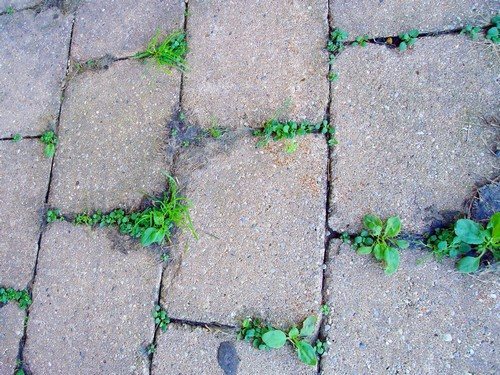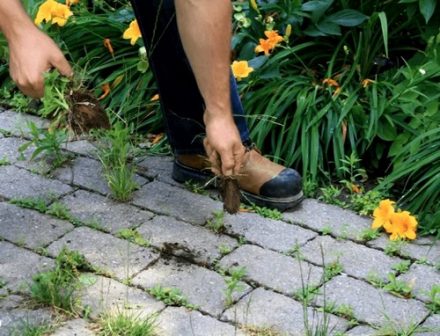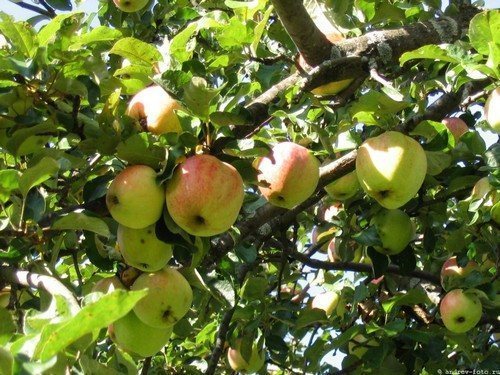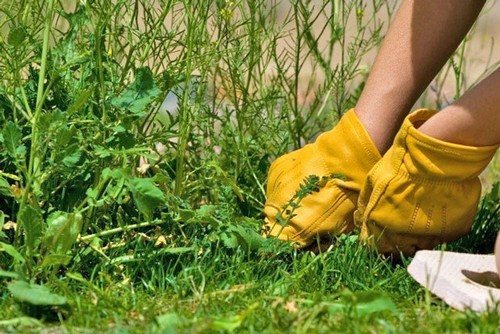Garden paths play a major role in the style of your yard. First you need to decide on the material and what kind of track you want. It is advisable to make a small project or drawing to visually represent the front of the work. Next, you need to prepare the base, compact the space for the tiles, and remove excess from the area. Make markings.
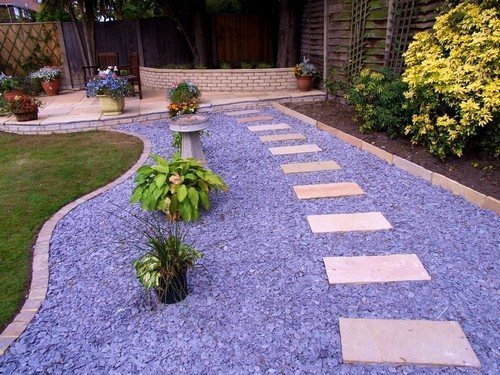
In this article we will look at paving from: natural stone, paving slabs, wood and some other methods.
Path laid with natural stone
In the last 5 years, paving paths made of wild stone has become popular. The shapes and sizes of stone tiles are always different. Often, when laying, they use the arc method, that is, they lay stones in an arc. This path looks very impressive.
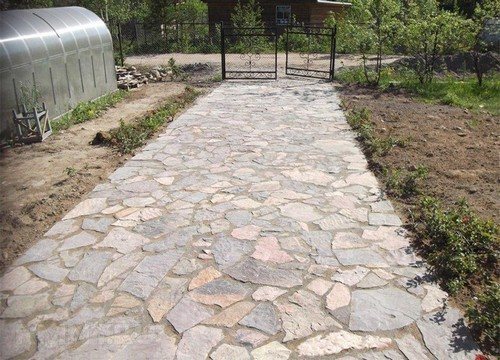
Paving with paving slabs
Paving slabs are a less expensive material and are very easy to install yourself. Incorrectly laid tiles can warp and this will be very difficult to correct, so you will have to approach the installation process thoroughly. You can choose a single color tile or combine colors, but in such a way that it really looks good. It can be granite, concrete or sandstone.
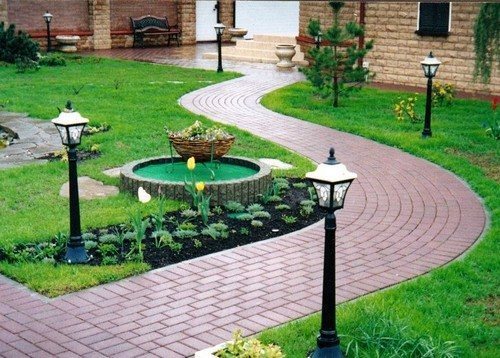
Wooden path
Wood as a material for garden paths is not the most popular category, but it is very popular due to its high decorative effect, durability and affordability.
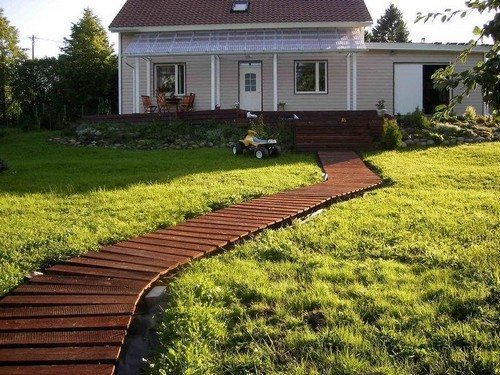
Concrete path
You can fill such a path yourself. It is convenient to walk on it, and it does not grow grass.Concrete has a long service life; if you use high-quality materials, you will not be in danger of crumbling.
Flaws:
- if mixed incorrectly it will crumble;
- need formwork.

Plastic path
Ready-made plastic panels for paths can be laid independently, without a base or additional preparation. The slabs are equipped with fasteners, from which you can assemble a path of any width.
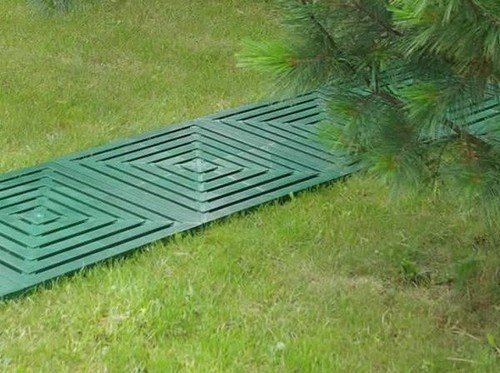
Plastic lid solution
Suitable for creative people who don't like standards. It is better to choose colored covers, making not just paving, but a pattern or mosaic. We warn you right away that you will need a lot of lids.
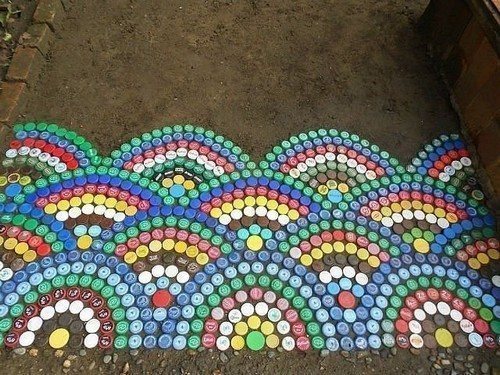
Garden parquet
Very expensive material that looks luxurious. It is also used for loggias and verandas. It is easy to operate and also has the necessary fastenings. Most often, parquet is laid in a gravel mixture.
Advantages:
- does not rot;
- environmentally friendly;
- long service life;
- does not crack;
- does not bask in the sun.
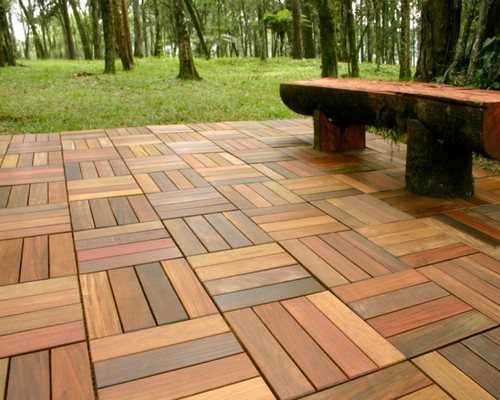
Paths made of bulk materials
This can be gravel, crushed stone, sand, pebbles, broken stone and the remains of bulk materials. The manufacturing technology is simple, you just need to scatter the material, level it and you’re done. But such a path will not last long enough; strong winds or washouts during rain will ruin it. This option is more suitable for temporary masonry than for permanent ones. Such paths do not require any maintenance. Most often, preference is given to gravel and pebbles; sometimes it is more convenient to use both of these materials.
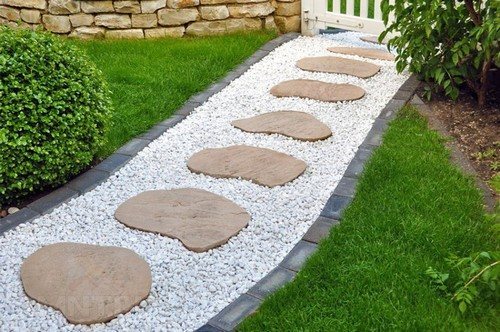
Here are perhaps the most basic types of garden paths for your home.



